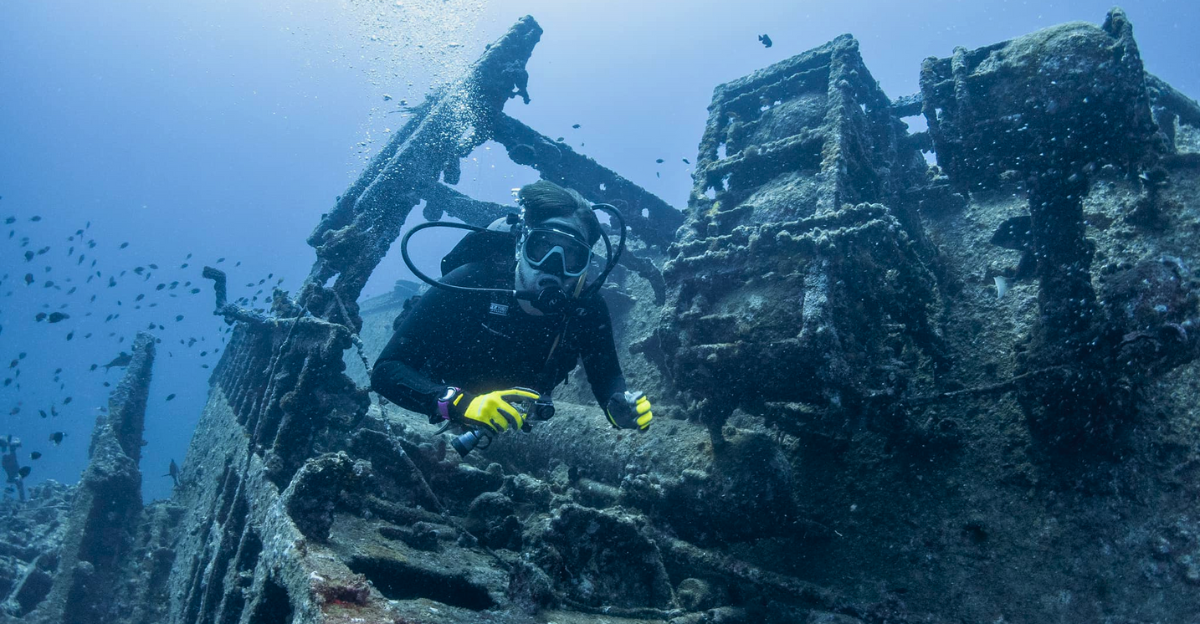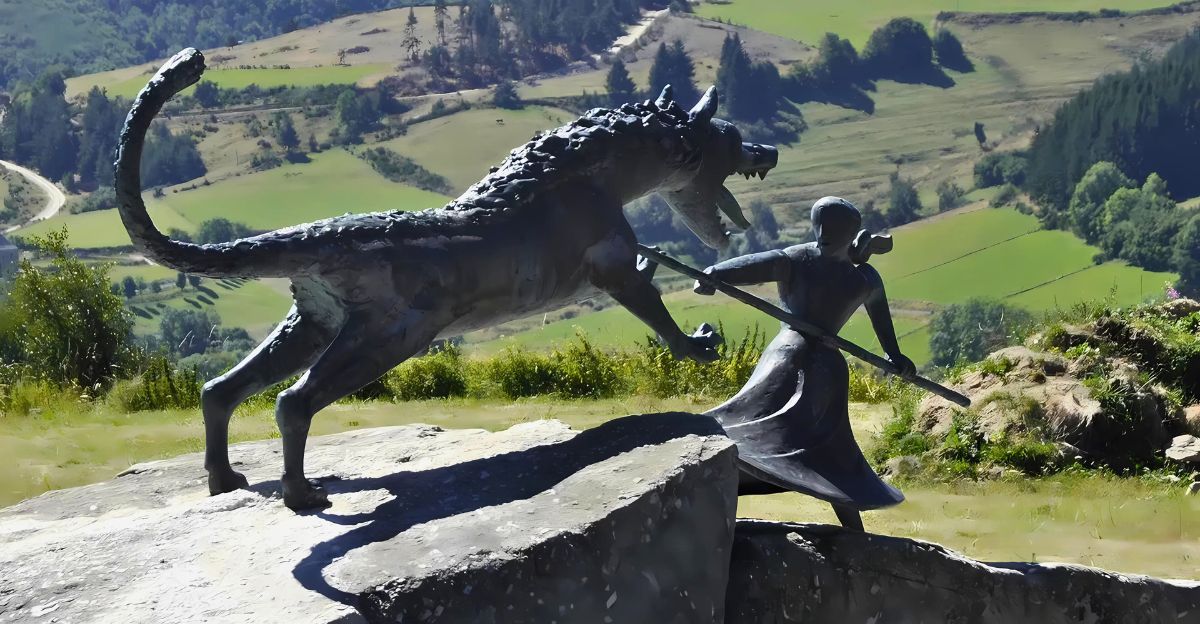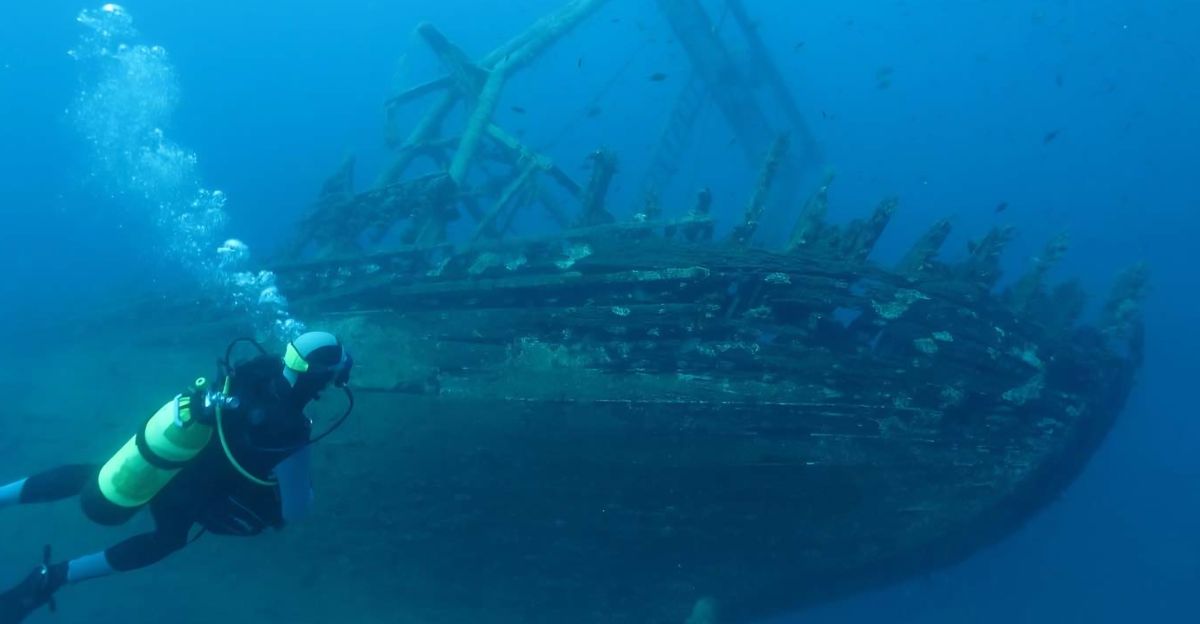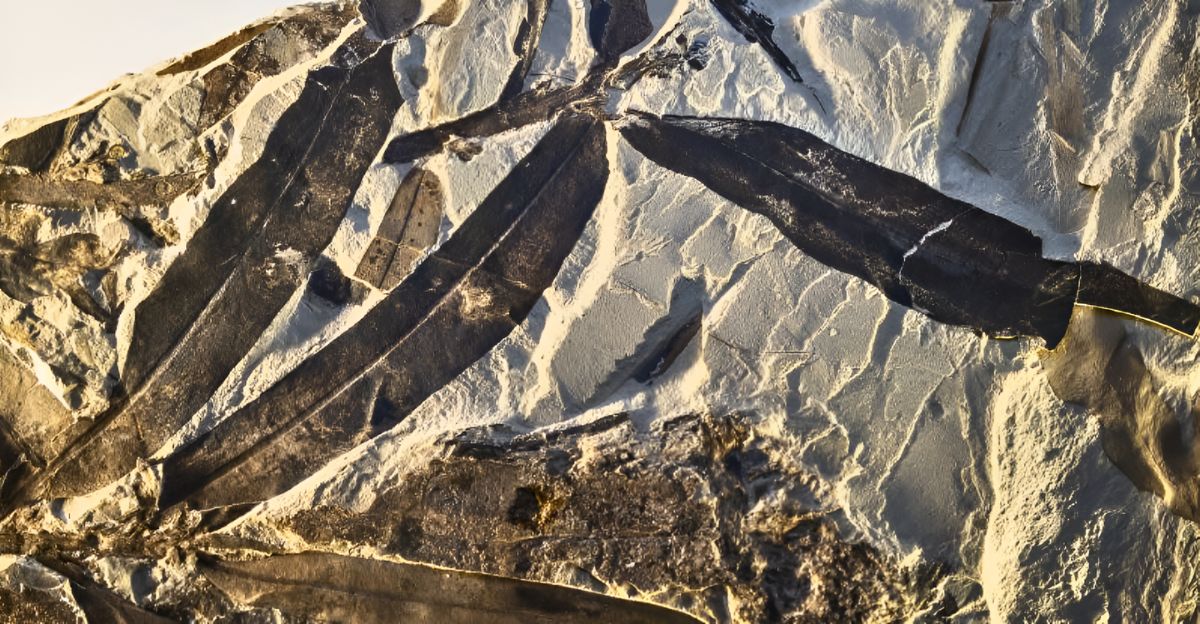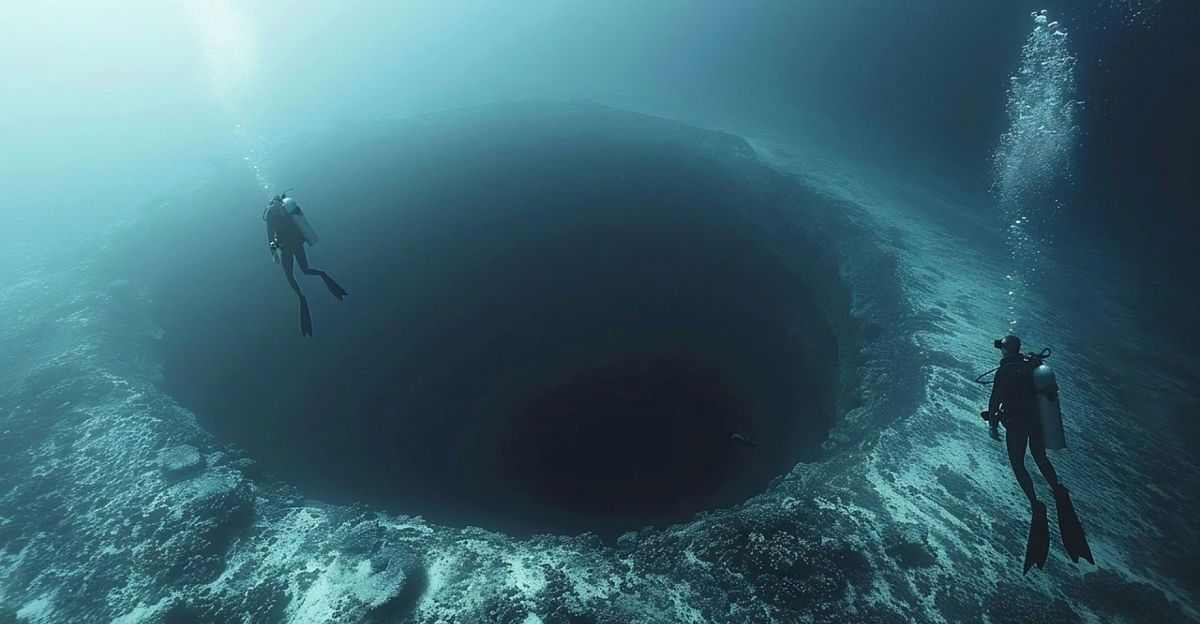
Hiding beneath the waves off the central coast of California and along the Mid-Atlantic Ridge is a phenomenon that has baffled everyone. These holes have puzzled researchers for decades, with many speculations about where they came from or what caused them. Will the mystery ever be solved despite the technological advancements that have been made?
The Remarkable Discovery
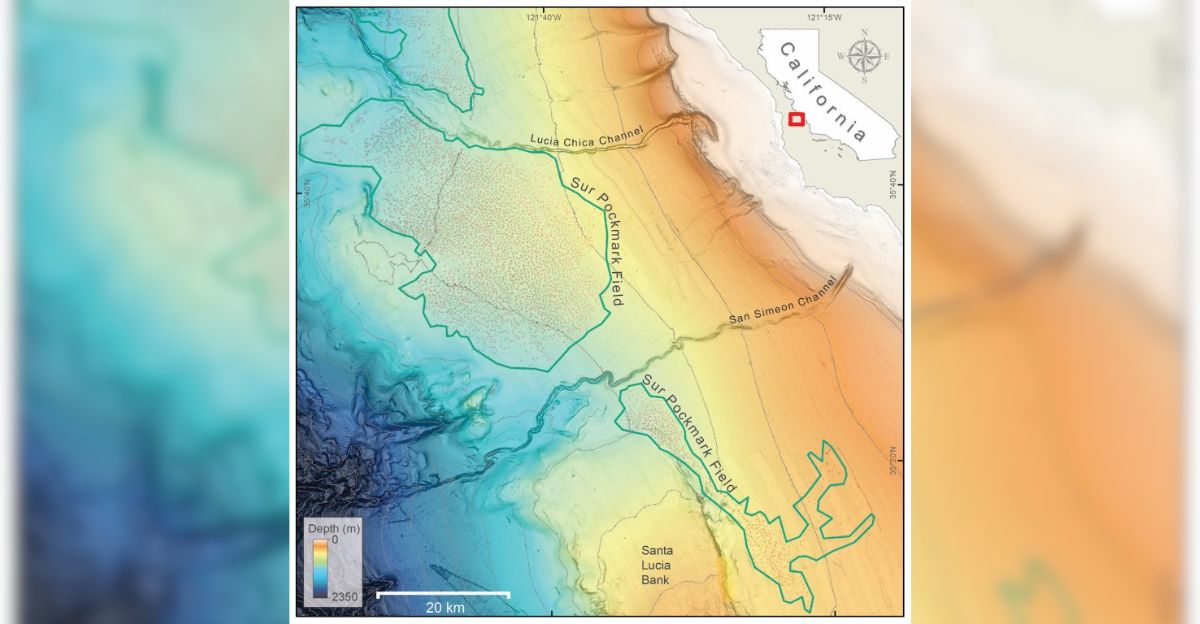
Off the central coast of California, near Big Sur, scientists have uncovered a vast field of mysterious seafloor holes, known as pockmarks, spanning an area roughly the size of Los Angeles, about 500 square miles. For years, researchers have believed these formations were caused by methane gas bubbling up from beneath the seabed, but recent high-resolution mapping and sediment analysis have upended that theory.
These features, averaging 36 feet in diameter and 3 feet deep, were found alongside larger, inactive pockmarks spanning up to 574 feet across. These 15,000 small, round holes were dubbed “micro-depressions,” and they often contain human debris like trash and rocks.
High-Tech Robots Map the Seafloor
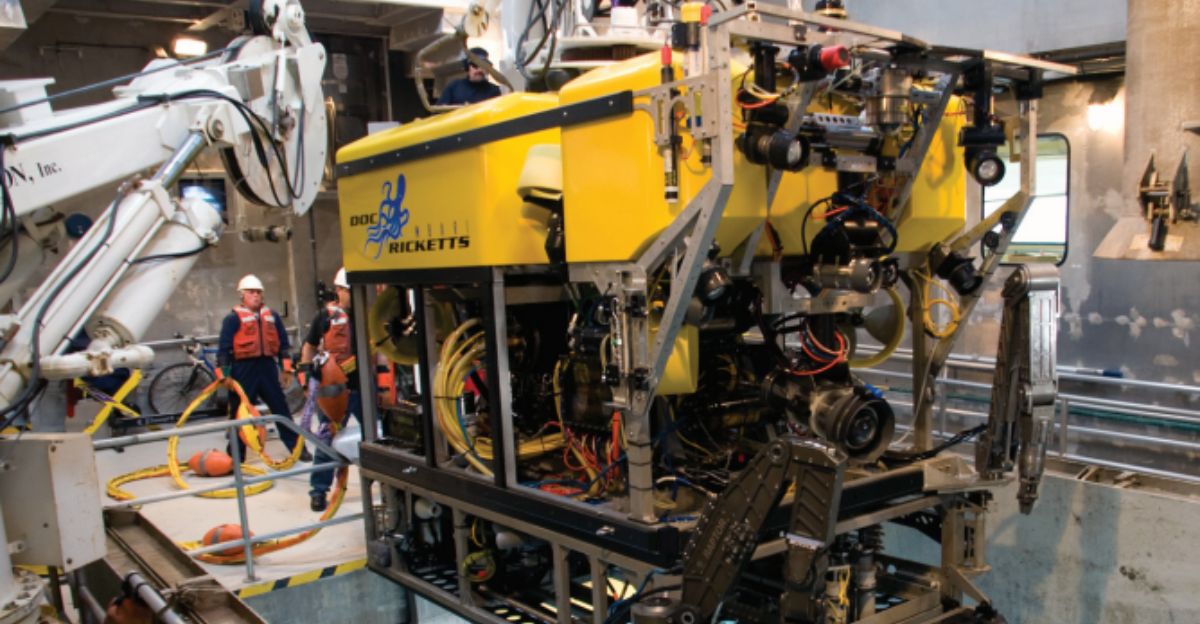
MBARI deployed autonomous underwater vehicles (AUVs) and the remotely operated vehicle (ROV) Doc Ricketts to study these formations. These robots have advanced sensors and cameras, enabling them to create detailed three-dimensional maps and photomosaics of underwater landscapes.
These tools captured seafloor maps at one-foot resolution and collected 540 sediment cores, revealing layers of sand deposited by ancient sediment flows. “We collected a massive amount of data, allowing us to make a surprising link between pockmarks and sediment gravity flows”, said MBARI Senior Research Technician Eve Lundsten.
The Sur Pockmark Field
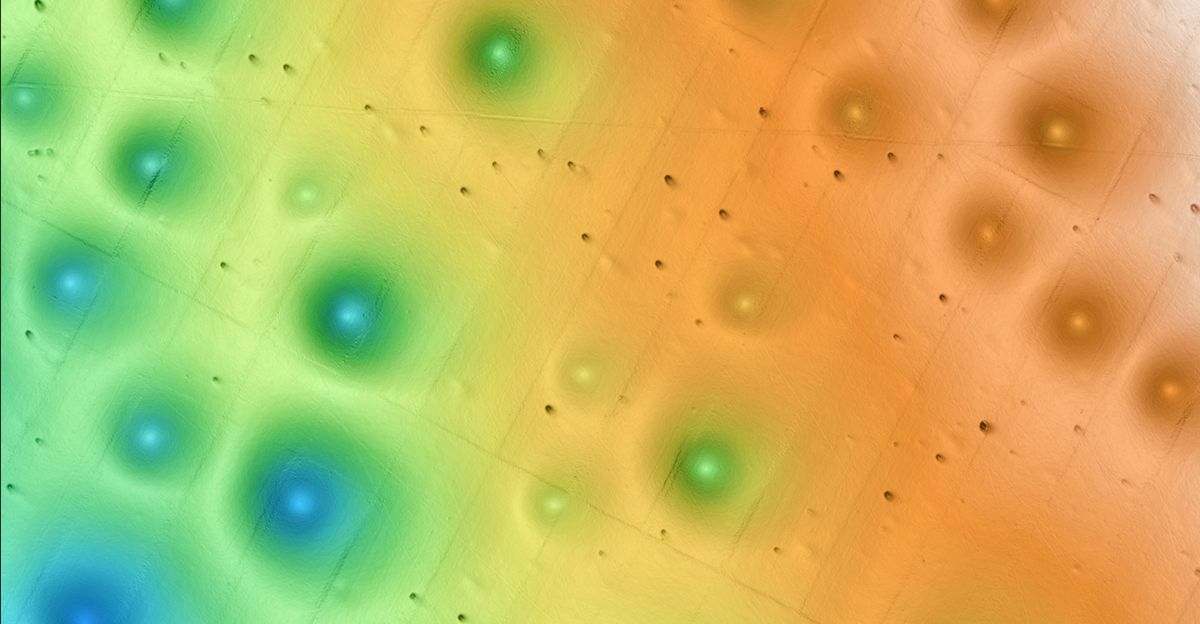
This field is located off the coast of Big Sur, California, and is one of North America’s largest and most intriguing seafloor features. This field spans around 500 square miles and has over 5,200 perfectly round depressions. For years, scientists believed these pockmarks resulted from methane gas bubbling up from beneath the seabed, raising concerns about the area’s stability for potential offshore wind farm development.
“We were unable to determine exactly how these pockmarks were initially formed, but with MBARI’s advanced underwater technology, we’ve gained new insight into how and why these features have persisted on the seafloor for hundreds of thousands of years,” said Lundsten.
Debunking the Methane Theory
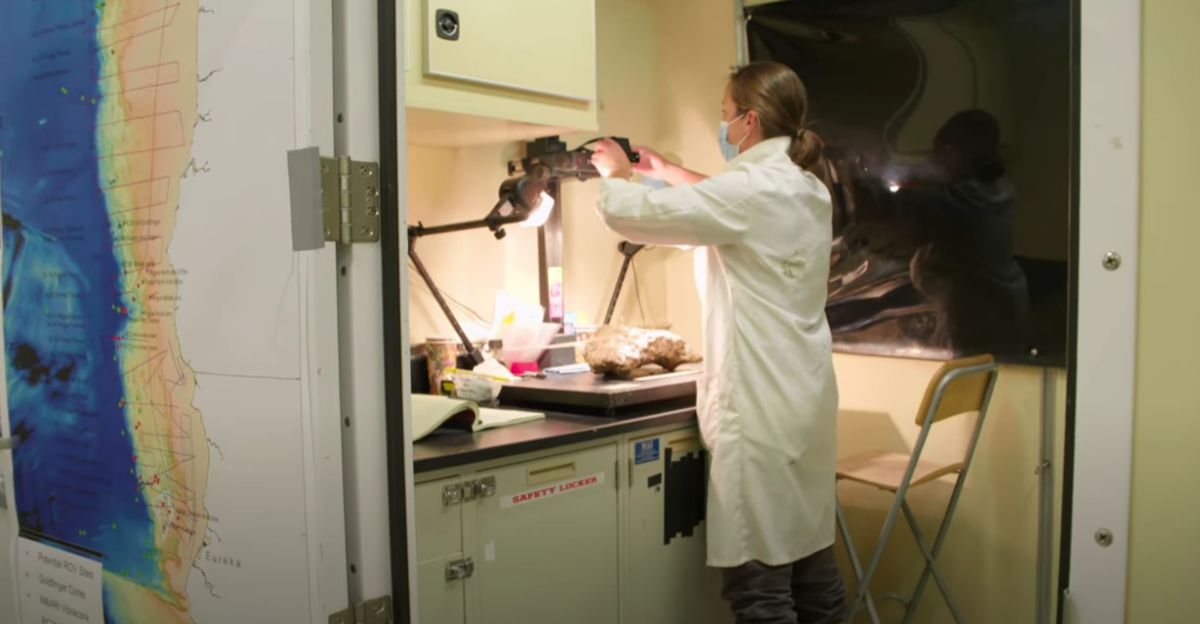
For a long time, researchers have speculated that these holes are due to methane gas bubbling below the surface, but thanks to cutting-edge technology, no traces of methane were found. No gas vents, chemosynthetic organisms, or geochemical signatures are typically linked to fluid expulsion.
Instead, the analysis of sediment layers showed rhythmic patterns of coarse-grained deposits and underwater avalanches triggered by seismic activity or slope collapses. These avalanches are known as sediment gravity flows and have maintained these features for over 280,000 years.
The Micro-Depressions
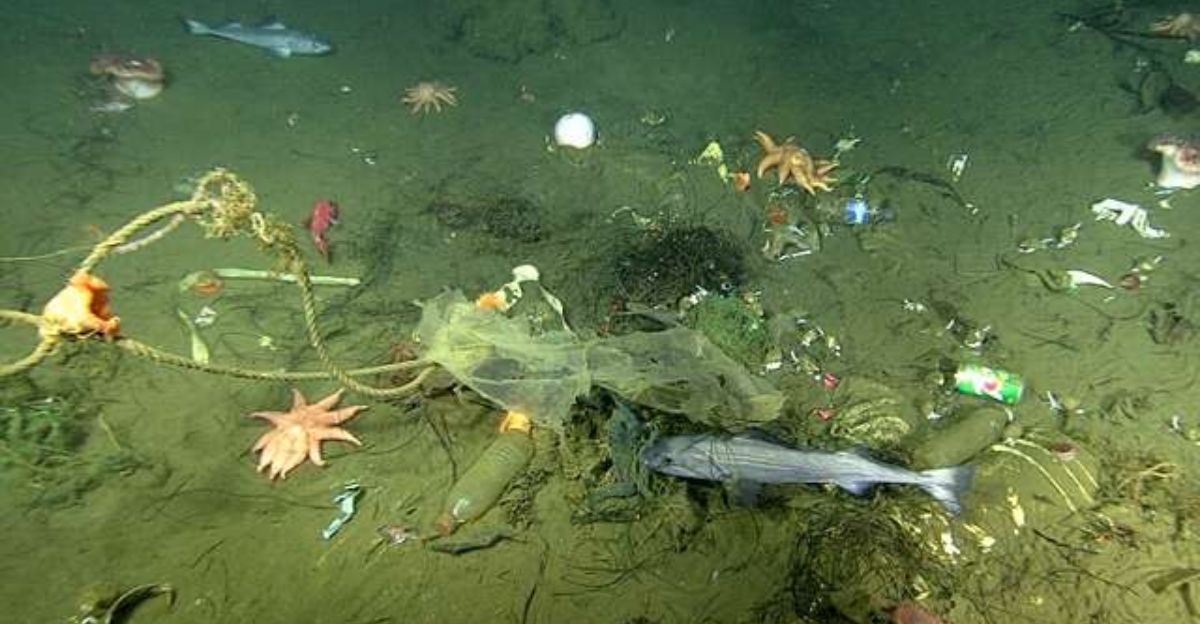
This field was filled with large holes as well as smaller micro-depressions that are much younger features, likely formed by recent erosional processes. These small pits are filled with objects like rocks, kelp holdfasts, animal bones, and most commonly, human trash. “We were surprised by the discovery of the existence of the micro-depressions, and also the abundance of them,” said Lundsten. “We didn’t know they were there, so their existence was the biggest surprise.”
The prevailing theory suggests that when objects settle on the soft, silty seafloor, they attract marine life, whose activity stirs up and erodes the sediment, gradually carving out these distinctive depressions. “A hypothesis is that objects landing on the seafloor produce a habitat for fish,” said Paull. “Their activity stir up the soft fine-grained sediment, which slowly drifts away in the current and progressively excavate the depressions.”
Implications for Offshore Wind Projects
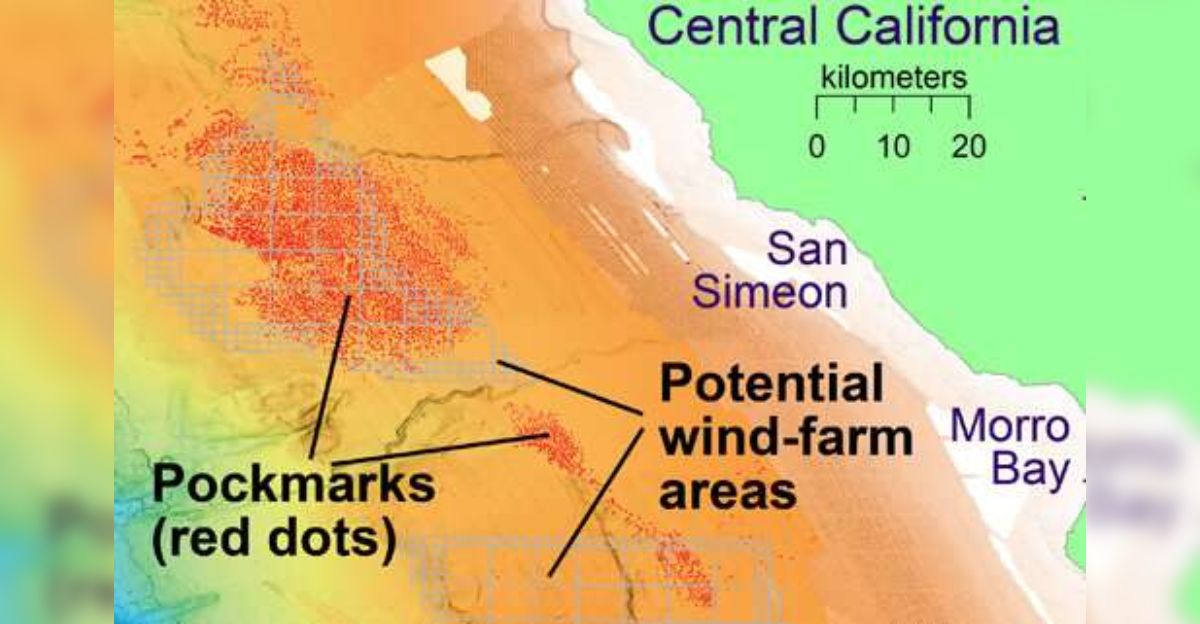
Understanding the stability and origins of these seafloor features is crucial for proposed offshore wind farms in the region. If the holes were caused by active gas seepage, they could pose risks to turbine foundations. Thankfully, the discovery that ancient sediment gravity flows maintain these features suggests the seafloor has remained structurally quiet for millennia.
“Expanding renewable energy is critical to achieving the dramatic cuts in carbon dioxide emissions needed to prevent further irreversible climate change,” noted MBARI President and CEO Chris Scholin.
Ongoing Mysteries
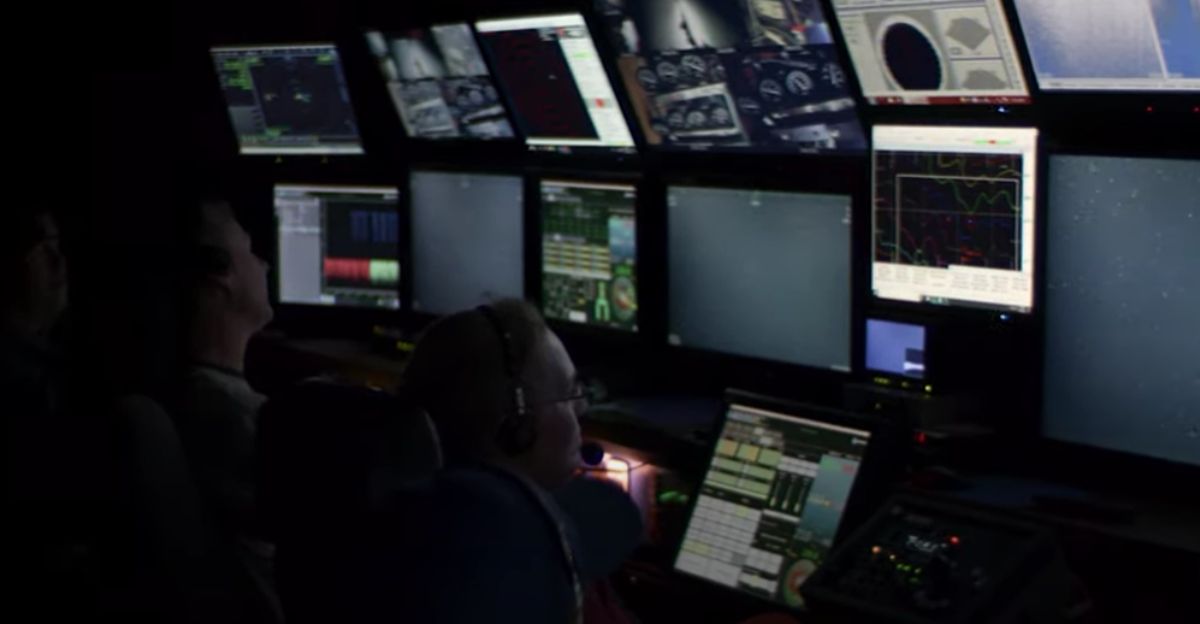
No matter the amount of research that has gone into understanding these depressions on the seafloor, they are still one of the biggest mysteries that baffle researchers to this day. For instance, while sediment gravity flows have been identified as the primary force shaping the large pockmarks, these events’ precise triggers and frequency over geological time remain unclear.
Researchers are also intrigued by the strikingly regular spacing of both large and small holes, which hints at underlying patterns in ocean currents, sediment composition, or even subtle tectonic influences.
The Impact on Marine Life
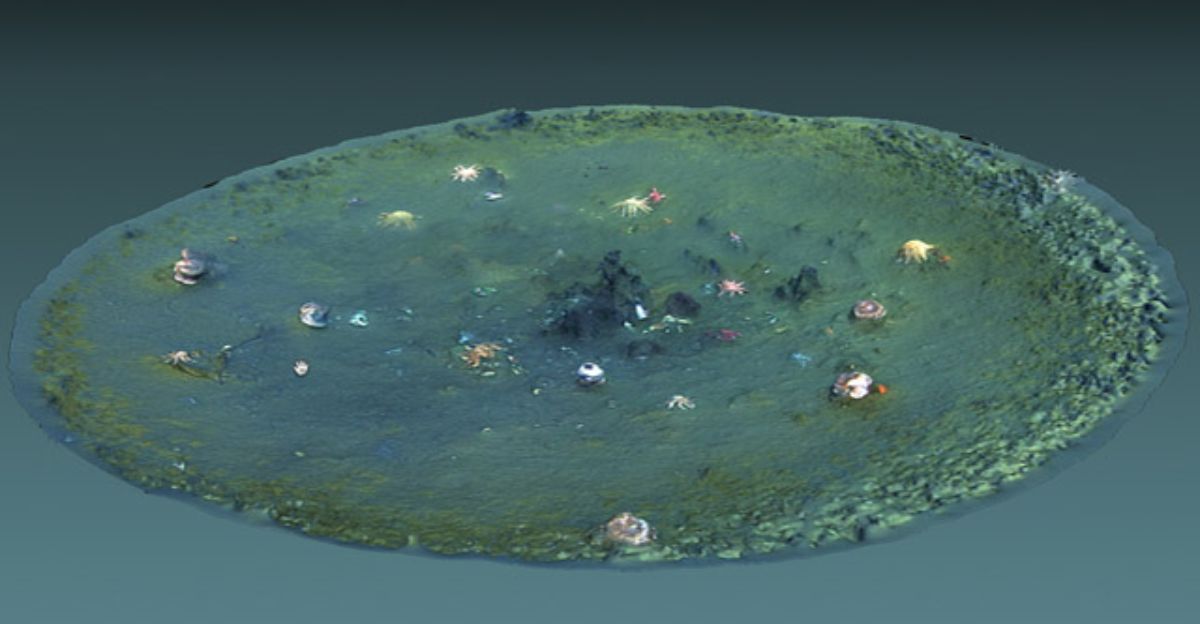
About 30% of micro-depressions contain human garbage, while others house natural debris like bones. These objects provide microhabitats for marine life, which stir up sediment and may contribute to the formation of the holes.
“The presence of these objects provides micro habitats for fish, that were commonly observed in ROV dives stirring up the fine-grained sediment, which is then carried away by sea-bottom currents, further contributing to carving out the eroded hole(s) left behind.” one of the researchers wrote.
The Future of Seafloor Research

Major expeditions, like those done by the E/V Nautilus and supported by NOAA Ocean Exploration, are now targeting deep-sea habitats around the globe, from the Mariana Islands to the Aleutian Arc, with live-streamed dives and real-time data collection.
As technological advancements become more accessible and exhibitions intensify, the coming years are sure to bring a ton of new discoveries, helping researchers better understand the world below the waves.
Uncover more fascinating moments from history — and hit Follow to keep the stories flowing to your feed!

Don’t miss more incredible stories from the past! Tap Follow at the top of this article to stay updated with the latest historical discoveries. Share your thoughts in the comments — we’d love to hear your perspective!


